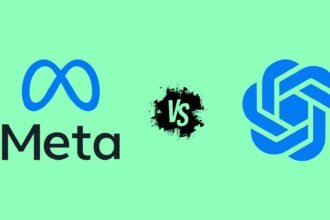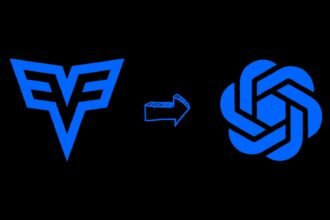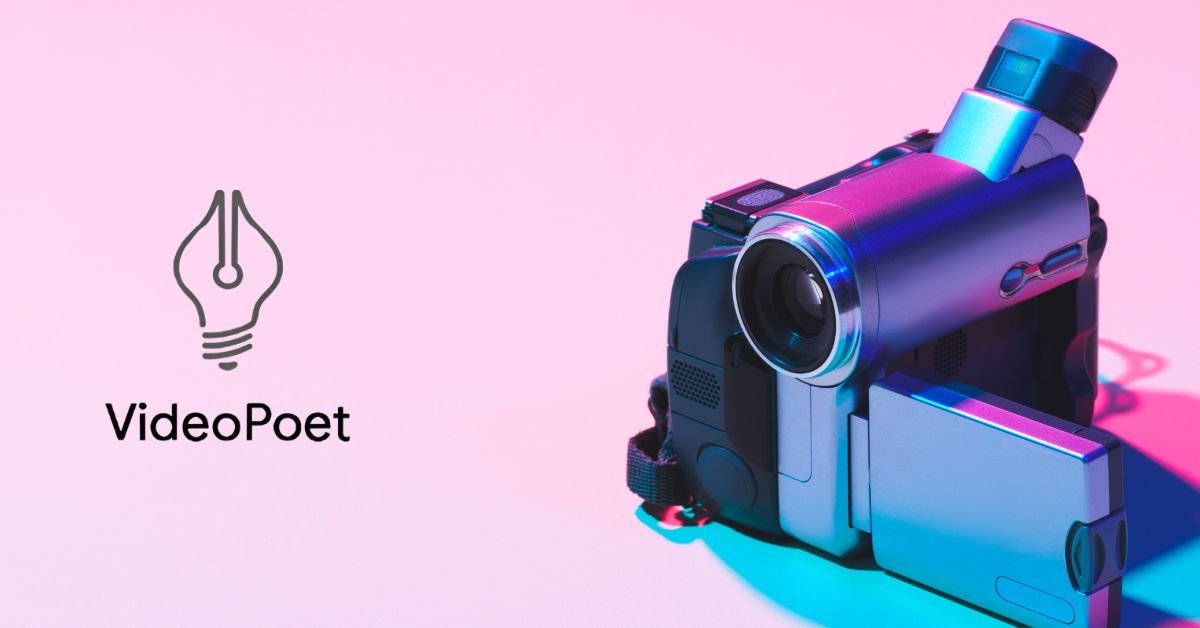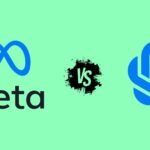Google VideoPoet is an artificial intelligence tool that redefining the landscape of video content creation. VideoPoet, a large language model trained on extensive datasets, including text, video, and audio data, stands as a testament to Google’s commitment to pushing the boundaries of AI technology. This tool represents a significant leap in the field, offering unparalleled capabilities in transforming textual descriptions, images, and audio inputs into visually captivating videos.
As of January 2024, VideoPoet is not yet publicly available, but its potential applications are already generating excitement.
In this blog post, we’ll dive into the intricacies of Google’s VideoPoet, exploring its key features, capabilities, and the exciting possibilities it holds for the future of video content creation. Whether you’re a content creator, marketer, or simply an AI enthusiast, VideoPoet is a tool that promises to transform the way we think about and produce video content in the age of AI.
What is Google VideoPoet?
VideoPoet is Google’s video-generating AI system. Using a technique called “discrete video tokens,” it can create new clips, animations and motions based on text prompts or uploaded images and videos.
VideoPoet represents an evolution beyond language models like DALL-E. Built on similar self-supervised learning principles, VideoPoet has been trained on large volumes of video data. This allows it to encode robust understandings of movement, actions and styles.
Core Features and Benefits
Google designed VideoPoet first and foremost as a versatile video editor. It takes existing footage and refines it guided by text instructions. The AI handles modifications ranging from simple tweaks to complex effects and filters.

Dynamic video generation is also possible starting from non-video inputs. This includes animating images as well as rendering video from text descriptions of scenarios, characters and actions.
Throughout the process, VideoPoet provides a high degree of user control, allowing for efficient iterative improvements until the desired result is achieved.
Standout strengths include adapting motions and styles to aligned audio tracks for tight synchronization. The AI also excels at long-form video generation without loss of quality, realism or consistency.
How To Use Google VideoPoet
VideoPoet is not publicly available, but once it is launched, here’s how you can expect to use it:
- Accessing VideoPoet: You will be able to access VideoPoet by visiting its website and logging in with your Google account. You might need to accept any terms of service presented.
- Uploading/Inputting Data: The tool will likely offer on-screen prompts to upload or input text, images, video, or audio for processing.
- Configuring Parameters: You might be able to configure generation parameters and settings to tailor the tool to your specific needs.
- Generating Outputs: VideoPoet will then process your inputs and generate new video or audio outputs. This process may involve choosing stylistic options or refining results by adjusting settings.
Optimizing Outputs & Potential Use Cases
To get the best results from VideoPoet, it will be important to provide detailed text inputs and use reference images where needed. It’s also suggested to clean up any problematic input data and leverage interactive editing capabilities for more control.
- Automated Visual Storytelling: Generating full videos from text transcripts or descriptions.
- Enhancing Legacy Videos: Improving older videos based on text descriptions or storylines.
- Animating Still Images: Creating dynamic motion clips from static images.
FAQs: Google VideoPoet
-
How can one access and use Google VideoPoet once it becomes available?
Upon launch, VideoPoet will be accessible via its website, requiring a Google account for login. Users will upload or input data, configure parameters, and the AI will generate video or audio outputs.
-
How can users optimize their outputs with Google VideoPoet?
For optimal results, users should provide detailed text inputs, use reference images, clean problematic data, and utilize interactive editing features for enhanced control.
-
What implications does Google VideoPoet have for the future of video content creation?
VideoPoet signifies a leap in automated video generation, potentially making video creation more efficient and customizable. It opens new possibilities for businesses and individual producers in visual storytelling.
Conclusion
VideoPoet provides a glimpse into the imminent future of automated video generation driven by AI advancement. As the technology matures, video creation could become exponentially more efficient, accessible and customizable.
Rapid, personalized visual content tailored to precise needs will unlock new ways for businesses to engage customers. Individual video producers will also benefit from enhanced workflows and capabilities.
In coming years, expect Google VideoPoet or similar AI tools to revolutionize how we capture and share moments both monumental and mundane through the power of video. The age of automated visual storytelling is just beginning!









